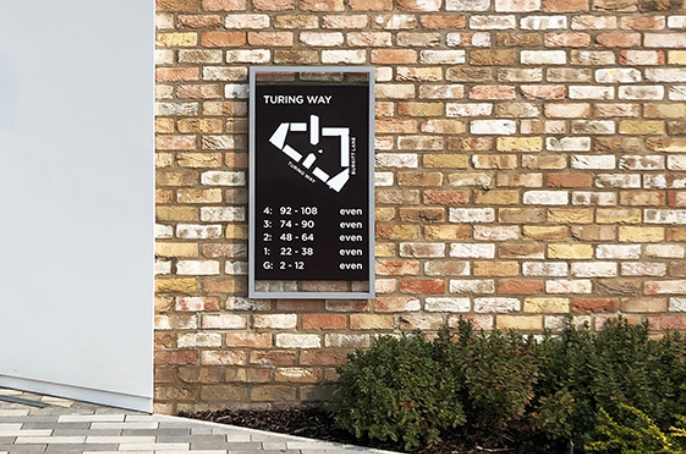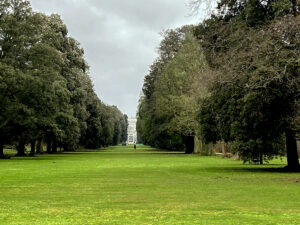Most of us can remember the good old days where addresses were simple. Every street looked more or less the same. We had the comforting certainty of odd numbers on one side, even on the other. And our navigation instincts were only required when faced with the unfamiliarity of a cul-de-sac.
But now, as roads expand vertically as opposed to horizontally, addresses aren’t so straightforward. We’ve been plunged into the unknown, left to find our bearings in illogically numbered blocks. Knowing a flat number and building name isn’t enough. We must instead know which one of these five identical buildings off the square is the one I want. Which of the countless floors do I press in the lift? Where exactly on the floor that eerily resembles a maze will I find the property in question?
This time of year seems especially relevant for this discussion. After all, if visitors can’t find your home – when equipped with an address and directions – how is Father Christmas going to find his way? Even a plate of mince pies won’t be enough to combat the illogical layout of new urban developments. And with around 14% of the UK living in flats, it seems a lot of people won’t be getting presents this year.
As wayfinding designers, our first principle is to consider the user’s journey – from starting point to final destination. We familiarise ourselves with the steps they must take and the decisions they need to make when navigating a new space or building. What system can we put in place to make their route and navigation as simple and straightforward as possible?
Thinking about how we address and identify rooms, buildings, and spaces is fundamental to wayfinding systems. We can assume people will know the name of the place they are trying to reach, but our challenge is identifying how they can actually find their way to it. We’re often left trying to add logic into addresses that appear fundamentally illogical.
Recently, we’ve been working on a number of large residential/mixed-use developments. A lot of the time, they will demand an entirely new approach to street naming and house numbering. Residential blocks can have many levels and entrances. And if that wasn’t complicated enough, if they open onto squares or courtyards, there’s no named road nearby. How can you give directions without a point of reference?
It creates a need for us to get creative. We must think outside the box about how we can add a sense of organisation and logical thinking to disordered developments. There’s also no one-size-fits-all approach. We see new developments going up all the time that are demanding new and innovative solutions.
The moral of the story is, to all developers and housebuilders that are putting up new developments: remember Santa and ask a wayfinder for help…
If you’d like visitors to connect better with your place, get in touch to discuss how we can help, on 0161 241 3174




